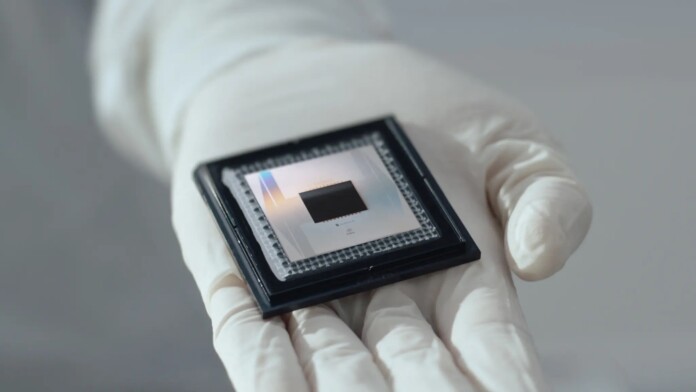In a leap for technology and science combined, Google’s quantum chip, Willow, is fueling serious discussions about the possibility of a multiverse. Once confined to the realm of sci-fi and Marvel movies, parallel dimensions may be closer to reality than we imagined, according to a recent study published in Nature.
The buzz began when Google’s quantum hardware pulled off what many thought impossible: Willow solved a computational problem in five minutes, one that would take the world’s most advanced supercomputers around 10 septillion years. That’s more time than the universe has existed. This astonishing breakthrough, shared in a post on Google’s official blog, has led physicist Hartmut Neven, founder of Google’s Quantum AI team, to speculate:
It lends credence to the notion that quantum computation occurs in many parallel universes, in line with the idea that we live in a multiverse.”
The Quantum Mechanics of Willow
While the classical computers use binary bits-0s and 1s, to process information, quantum computers operate on qubits, which exist in multiple states simultaneously. It is this unique capability that makes quantum machines process fantastically complex problems, which have been beyond the reach of traditional systems.
What differentiates Willow, though, is not just the speed at which it can process information but also its accuracy. Conventionally, with more qubits, there was a greater chance of error in quantum computations. However, Google has innovatively reduced this problem-paradoxically improving reliability by integrating more qubits.
The Multiverse Debate: Science Meets Philosophy
A connection between quantum computing and the multiverse isn’t new-the British physicist David Deutsch being one of the first to come up with the link when he mentioned that quantum computations might involve a number of parallel universes-but Willow’s accomplishment brought this discussion to a new level; even big players such as Neven have gone as far as to connect the two, even for the most crazy-sounding concepts.
Not everyone agrees, though. Astrophysicist and science writer Ethan Siegel believes that quantum mechanics does not, in fact, entail the existence of parallel universes:
“You can have quantum mechanics work just fine, both physically and mathematically, without introducing even one parallel universe,” Siegel noted in Big Think.
Why Willow Matters: Practical Quantum Applications
Whatever the multiverse debate, one thing is certain – Willow’s promise. Researchers like the Sussex Centre for Quantum Technologies’ Professor Winfred Hensinger hail this development as a “very important milestone” for quantum computing. He said that such practical quantum computers had the potential to solve problems that were insurmountable so far in everything from drug discovery to cybersecurity.
Meanwhile, Google remains optimistic about quantum computing’s promise. Applications, according to the company, span everything from enhancing artificial intelligence to managing supply chains more efficiently. And as the success of Willow opens the door for even greater breakthroughs, the potential of quantum computing extends beyond what is currently viewed as possible-not only within science and technology but with regard to reality itself.
Final Thoughts
With Google’s quantum chip, Willow, the secret of the universe is a step closer. Whether it proves the existence of a multiverse or not, it is a factor that is close to the very existence of humanity. The future, with more developments on quantum computing, seems to be bright-and infinitely interesting.
Quantum Computing, Google Willow, Multiverse Theory, Hartmut Neven, Qubits, Quantum AI, Technology News, Science Innovations
